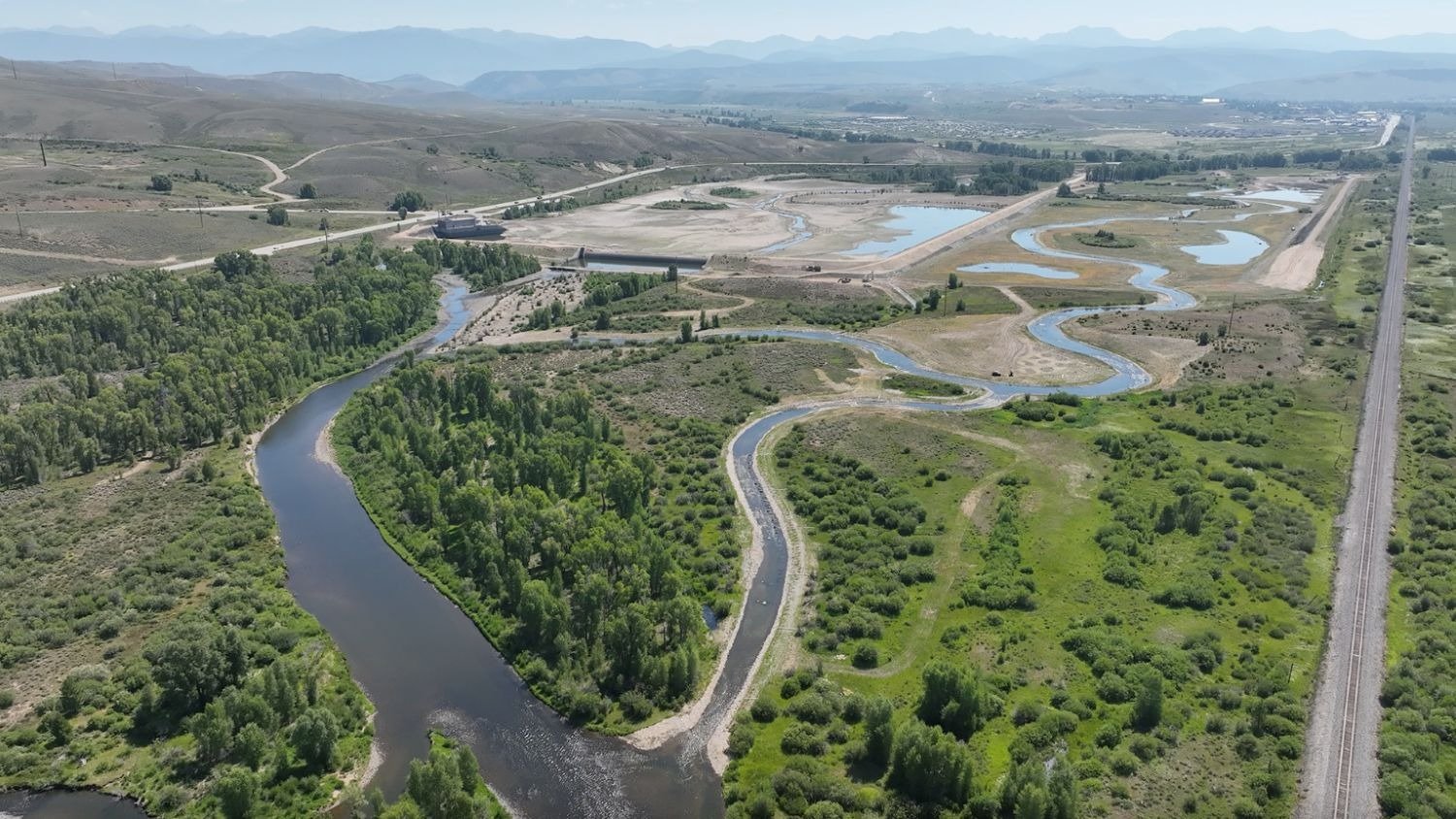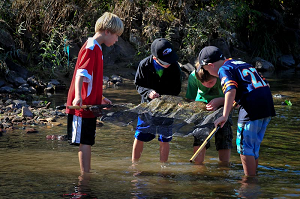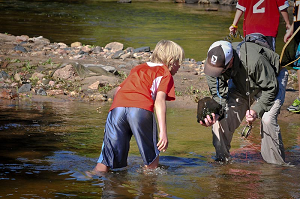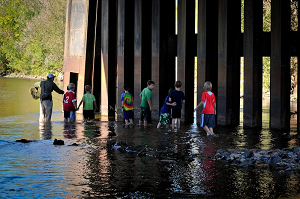Protect the White River Basin - The Time is Now
The White River basin is a national treasure. Take action to help ensure that energy development is balanced with our hunting and angling traditions! The BLM’s White River Field Office (WRFO) recently released its Draft Resource Management Plan Amendment (RMPA) for Oil and Gas leasing in the White River basin. The WRFO covers over 2.6 million acres of Northwest Colorado and holds some of the best fish and game habitat in the nation. The basin is also home to some of the most extensive energy development in the nation, and conflicts exist over how to balance these resources.
Trout Unlimited is extremely concerned with the Draft RMPA. It fails to adequately balance energy development with other public land uses and fails to ensure that healthy fish and wildlife populations will be sustained over the life of the plan. We are deeply concerned about inadequate protections for water quality and streams, and the quantity of water required to develop at the levels the BLM has outlined.
The Preferred Alternative calls for drilling over 15,000 new wells over the next twenty years which would require over 1,300 miles of new roads, over 1.2 million truck trips, and 67.5 billion gallons of water all while reducing big game herds by 30% and doubling the population of Rio Blanco county. Moreover, the Preferred Alternative does not require that drilling operations be setback from streams and other surface water or require buffers between drilling operations and sensitive soils or steep areas. These deficiencies increase the likelihood of waters being contaminated by toxic substances or overwhelmed with sediment.
over 1.2 million truck trips, and 67.5 billion gallons of water all while reducing big game herds by 30% and doubling the population of Rio Blanco county. Moreover, the Preferred Alternative does not require that drilling operations be setback from streams and other surface water or require buffers between drilling operations and sensitive soils or steep areas. These deficiencies increase the likelihood of waters being contaminated by toxic substances or overwhelmed with sediment.
Possibly the most troubling of all is a lack of protection for Colorado River cutthroat trout (CRCT). The WRFO’s CRCT populations are vulnerable and isolated - they only exist in about 39 stream miles. The East Douglas Area of Critical Environmental Concern (ACEC) is designated for the protection of CRCT. However, after multiple requests by TU staff to apply protective stipulations in the area, the BLM continues to fall short in providing adequate protections for this area and others in the Draft RMPA. We believe that where an ACEC has been designated to protect a species, the management scheme in that area should reflect that protective intent.
 You have probably heard about TU’s efforts to support responsible energy development. We are proud to seek collaborative solutions and to reach out to energy companies to find solutions to the toughest energy question of our times – how to balance energy production with conservation of other natural resources? However, when the BLM presents a development scenario like that found in the Draft RMPA, we have no choice but to call it what it is – an unsustainable plan that too severely degrades the environment and seats energy development as the first and most important use of our public lands.
You have probably heard about TU’s efforts to support responsible energy development. We are proud to seek collaborative solutions and to reach out to energy companies to find solutions to the toughest energy question of our times – how to balance energy production with conservation of other natural resources? However, when the BLM presents a development scenario like that found in the Draft RMPA, we have no choice but to call it what it is – an unsustainable plan that too severely degrades the environment and seats energy development as the first and most important use of our public lands.
We ask that our members help us spread the word and submit comments asking the BLM to change course and adopt a plan that sustains all natural resources in the WRFO, one that ensures healthy public lands and fish and wildlife populations even after energy development has moved on.
Key points to include in your comments:
• A 500ft or greater setback should be required for all surface waters. • A ¼ mile setback should be required for all cutthroat trout waters. • A No Surface Occupancy (NSO) stipulation should be applied to the East Douglas ACEC to protect fragile cutthroat populations. • Adopt the conservation alternative (Alt. B) and refrain from granting waivers and/or exceptions to protective stipulations. • Require mitigation measures for fish and wildlife and their habitat that is harmed during energy development operation. • Refrain from developing areas that are unroaded and/or have wilderness characteristics. • Assess the cumulative impacts of energy development within neighboring field offices when determining appropriate development levels. • Require a “closed loop” system for water use during energy development. This means that all waters must be recycled and reused. • Please visit www.tu.org/whiteriver to see our vision of how the WRFO should be developed.
Comments can be sent to: Colorado_WROGEIS@blm.gov
Or
Heather Sauls Planning and Environmental Coordinator White River BLM Field Office 220 East Market Street Meeker, CO 81641
Please contact Aaron Kindle at akindle@tu.org or 303 868 2859 for more information.

